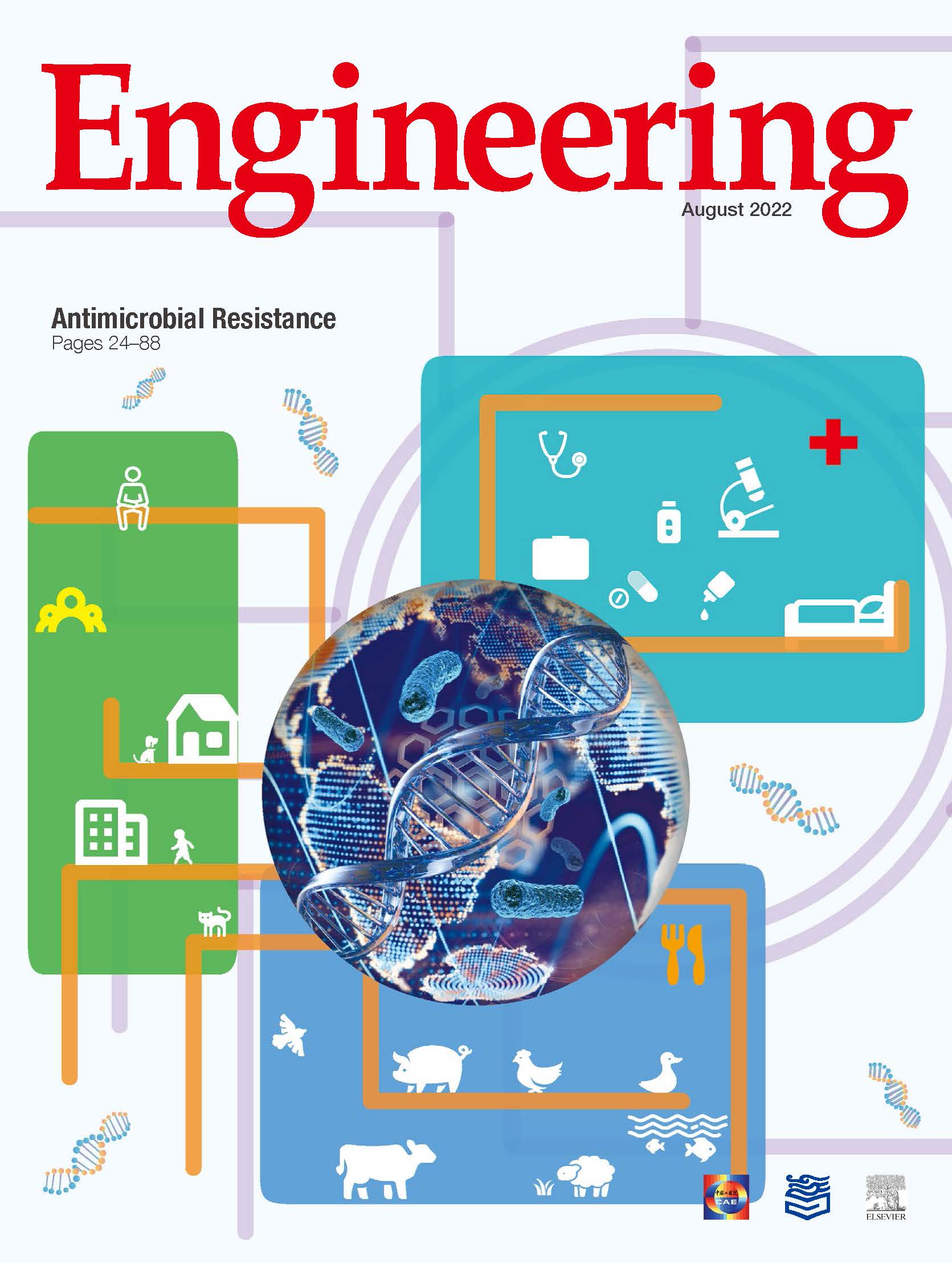Reducing the inappropriate use of antimicrobial drugs in food systems is a key priority for the Global Leaders Group on Antimicrobial Resistance (GLG) [1]. Although access to high-quality antimicrobials is important for animal and plant welfare, global leaders recognize that preventing the existential threat of antimicrobial resistance (AMR) will not be possible without reducing the use of human antimicrobials used in food systems [1]. Antimicrobial use in food systems is common practice, and projections suggest that it will increase by 11.5% from 2017 to 2030 [2]. The link between the use of antimicrobials in food systems and the development of AMR to those drugs is well established, at least within the farming sector, as exemplified by the detection of the first plasmid-mediated polymyxin resistance (MCR-1) in Enterobacteriaceae in animals and humans in China [3]. Since the publication of the original article, mobile colistin resistance (mcr) has been discovered in over 100 countries, many of which discovered it first in their farming/food sector. Thus, the relentless international emergence of mcr is continually challenging our precepts on how we use so-called ‘‘human” antibiotics (i.e., antibiotics that are important in human medicine) in farming.
The GLG have called on all countries to end the use of medically important antimicrobials for growth promotion entirely, limit antimicrobial prophylaxis and metaphylaxis with strict regulatory oversight, eliminate the use of antimicrobials to compensate for inadequate agricultural practices, and markedly reduce the use of antimicrobials—particularly those on the Highest Priority Critically Important list [1,4]. However, while these notions may be palatable and even implementable in high-income countries (HICs), in low- and middle-income countries (LMICs), their implementation will result in higher meat prices and an inevitable increase in poverty through lack of income. In recent years, China has led the world in efforts against AMR, introducing increasingly broad restrictions on the use of colistin in agriculture since 2016 and issuing a blanket ban in 2020 on all antimicrobial usage as an animal growth promoter [5]. However, whether in HICs or LMICs, the issue is: Where does prophylaxis meet metaphylaxis? That is, how many animals in a flock or herd have to be ill before the entire cohort is treated? For financial reasons, farmers are very likely to set this bar very low, and it is certain that ensuring one’s family’s income will eclipse any intangible notion of combatting global AMR.
After the discovery of MCR-1 in 2015, China banned the use of colistin as a growth promoter in 2017 [6] and has continued to tighten regulations on the use of antimicrobials in food systems in the years since then [5]. In 2019, the Ministry of Agriculture and Rural Affairs of the People’s Republic of China introduced a new regulation with three aims: to ban the use of all growth-promoting feed medicines (except for traditional Chinese medicine); to update quality standards so that antimicrobials are only used for prevention or treatment; and to approve new antimicrobials only for veterinary usage [2,7]. Regulations that are due to come into force in January 2022 in the European Union will prohibit the routine use of antimicrobial drugs in farming [8]. In the United Kingdom, the use of antibiotics in the animal health sector fell by 40% between 2013 and 2017, and the government has recently pledged to include commitments on tackling AMR in the published negotiating objectives of all future independent trade agreements [9].
These steps should be applauded, and other countries should be encouraged to implement the recommendations in the GLG’s statement on antimicrobial use in food systems [1]. However, there is a lack of supporting infrastructure and international interdisciplinary action to ensure that these actions achieve their desired goal across the world. Furthermore, as argued above, there must be financial support—both local and national—to encourage such incentives without necessitating poverty. We do not fully know the long-term consequences for animal welfare and food system efficiency of these policies in Europe and in China. These moves are unprecedented, and monitoring their impact will be crucial to understanding how similar policies can be enacted across the world, particularly in LMICs. While these interventions are noteworthy and noble, the international trade of antibiotics used in animal feeds (and for prophylaxis and metaphylaxis) continues unabated, and many LMICs are the recipients of, for example, colistin, which seems absurd in 2022. Therefore, global governance of antibiotic sales—particularly in animals, where the tonnage used vastly exceeds that used in humans—is long overdue.
Global meat consumption is projected to increase by 14% by 2030 [10], and LMICs in particular will need to continue to ensure efficient farming practices in order to meet the needs of growing populations. Farmers in LMICs will require support to make the necessary improvements in farm hygiene, management, and animal husbandry that will enable restrictions on the use of antimicrobials while still protecting animal welfare and avoiding catastrophic losses of livestock from disease. The support needed to deliver these changes is lacking and will take time to mobilize globally, along with the necessary financial support.
Asking farmers in LMICs to reduce their usage of antimicrobials will be challenging when there is nothing of similar efficacy to replace them. Alongside reduction, we need to find alternative antimicrobials that protect animal welfare and efficient farming yet do not risk cross-resistance with the antimicrobials that are crucial for human medicines. In comparison with the requirements for human antimicrobials, some of the requirements for such alternative antimicrobials can be readily met (e.g., toxicity); nevertheless, other aspects such as environmental half-life, cost (e.g., colistin currently costs about 10 USD∙kg–1 ), and ease of synthesis and production are less easily attained. To address these many concerns, the Ineos Oxford Institute for AMR (IOI) has proposed key activities to identify new antimicrobials, therapies, and combinations for animal use only, including the establishment of food labels denoting ‘‘no human antibiotics” (NHA) [11].













 京公网安备 11010502051620号
京公网安备 11010502051620号




